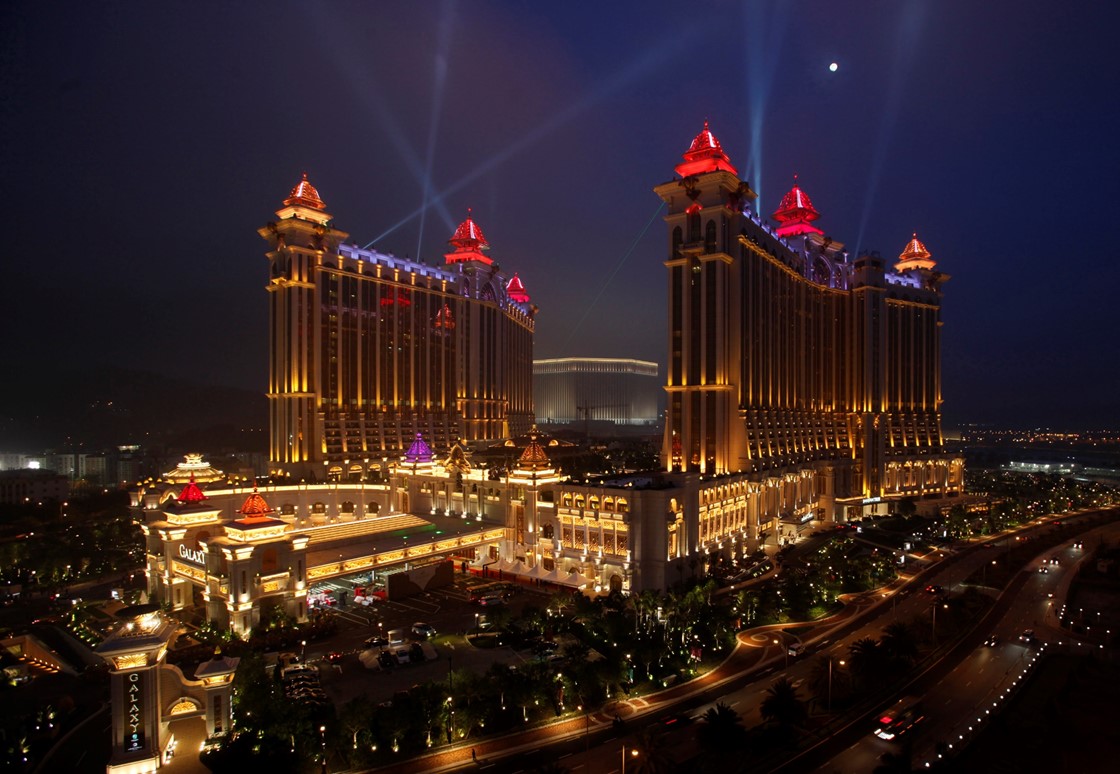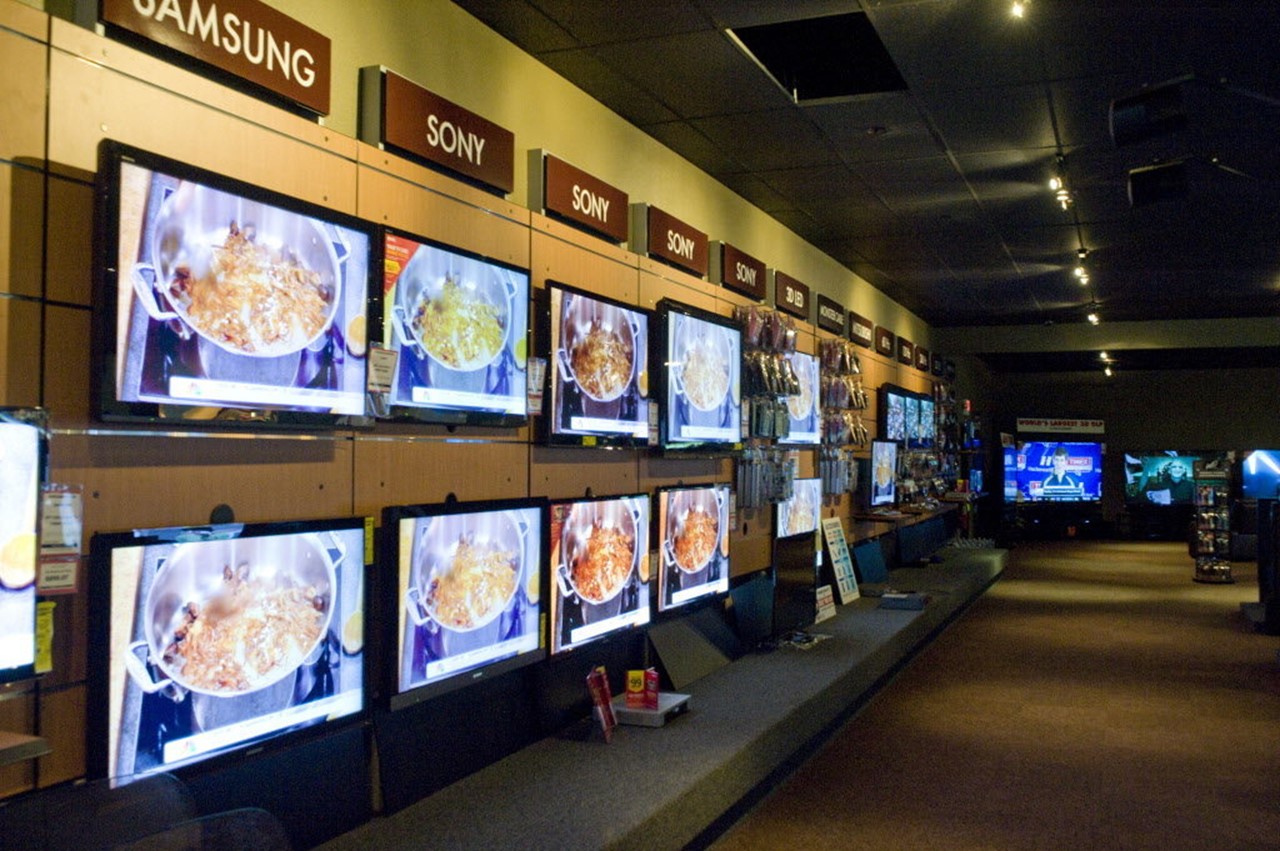
More mothers are having caesarean deliveries than necessary, wrote The Economist. Here are some of the reasons why:
- Hospitals make more money from caesareans, which can be a complicated procedure, than from natural births.
- Moreover natural births take time. Doctors are paid per delivery and they can deliver several caesarean children in the time it takes for a natural birth to run its course.
- A caesarean makes it look like a doctor is putting effort into the birth and makes parents less likely to sue if there’s a problem during the delivery.
- There are also mundane human motives at play. If a baby isn’t ready to meet the real world towards the end of a Friday, or by the end of a shift, then impatient doctors may just call for a caesarean.
- In fact an abnormally low number of babies are born on public holidays, with doctors presumably wanting to enjoy long weekends.
- It’s not just doctors nudging expectant mothers though. Some parents want their children to be born on certain dates for good luck.
- And those in developing countries may just be afraid of being stuck in traffic on the all-important delivery date if it’s not pre-planned.
This, The Economist notes, is a bit of a problem:
- There’s no doubt that caesareans are important in multiple cases. Countries that don’t have enough caesareans suffer.
- However if caesareans are being used for any more than about 15% of pregnancies then they’re being used too much.
- The procedure is dangerous – those who undergo it are three times more likely to have emergencies during the delivery process.
- It can also lead to weaker children who don’t pick up the bacteria they normally do through a natural birth.
Read more about the distorted baby heads that maybe playing a role, how to make mothers comfortable during a natural birth, and many other fascinating details here.
Source: The Economist










Join the Discussion! (No Signup Required)